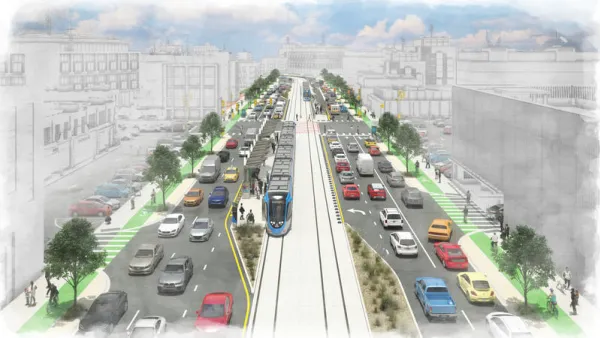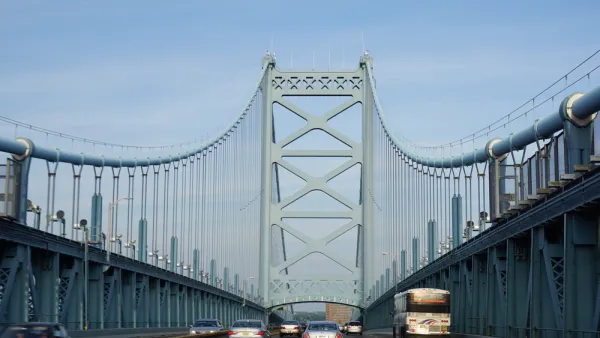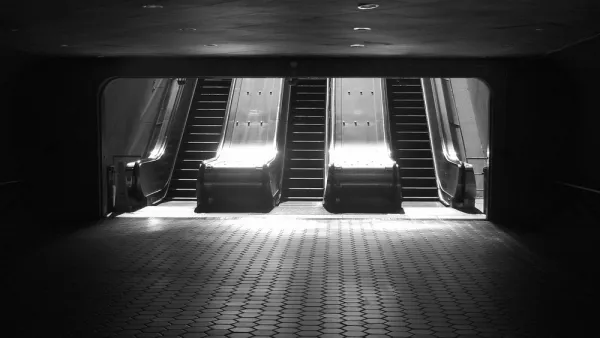An Star Tribune analysis finds residents in the Twin Cities region are generously supporting the transportation infrastructure spending of the rest of the state.

"Greater Minnesota gets far more money for roads and bridges than its residents pay in taxes for those projects, a new Star Tribune analysis of transportation funding has found," report J. Patrick Coolican and Mary Jo Webster. Throughout the article, the "Metro" is used to describe counties in the Twin Cities metropolitan area, while "Greater Minnesota" is used to describe the rest of the state.
"The review found that metro and greater Minnesota taxpayers each provide about half the money for Minnesota’s roads and bridges, but greater Minnesota gets twice as much back in projects," add Coolican and Webster. To be exact, Metro area counties generate 52 percent of the state's vehicles sales tax, vehicle registration fees, and fuel taxes revenues. However, the same counties only receive 32 percent of the state's transportation investment.
According to the article, the findings of the analysis "contradicts a commonly held perception in greater Minnesota — and one heard often in political campaigns — that the metro is taking more than it gives." That common misconception is not unique to Minnesota, of course.
The analysis emerges as Republican Senate leaders "are planning to review their 10-year transportation funding plan," and while debate regarding the Southwest light rail project continues at the state and regional levels.
FULL STORY: Metro contributes roughly half of state transportation dollars, gets fewer in return

Analysis: Cybertruck Fatality Rate Far Exceeds That of Ford Pinto
The Tesla Cybertruck was recalled seven times last year.

National Parks Layoffs Will Cause Communities to Lose Billions
Thousands of essential park workers were laid off this week, just before the busy spring break season.

Retro-silient?: America’s First “Eco-burb,” The Woodlands Turns 50
A master-planned community north of Houston offers lessons on green infrastructure and resilient design, but falls short of its founder’s lofty affordability and walkability goals.

Test News Post 1
This is a summary

Analysis: Cybertruck Fatality Rate Far Exceeds That of Ford Pinto
The Tesla Cybertruck was recalled seven times last year.

Test News Headline 46
Test for the image on the front page.
Urban Design for Planners 1: Software Tools
This six-course series explores essential urban design concepts using open source software and equips planners with the tools they need to participate fully in the urban design process.
Planning for Universal Design
Learn the tools for implementing Universal Design in planning regulations.
EMC Planning Group, Inc.
Planetizen
Planetizen
Mpact (formerly Rail~Volution)
Great Falls Development Authority, Inc.
HUDs Office of Policy Development and Research
NYU Wagner Graduate School of Public Service




























